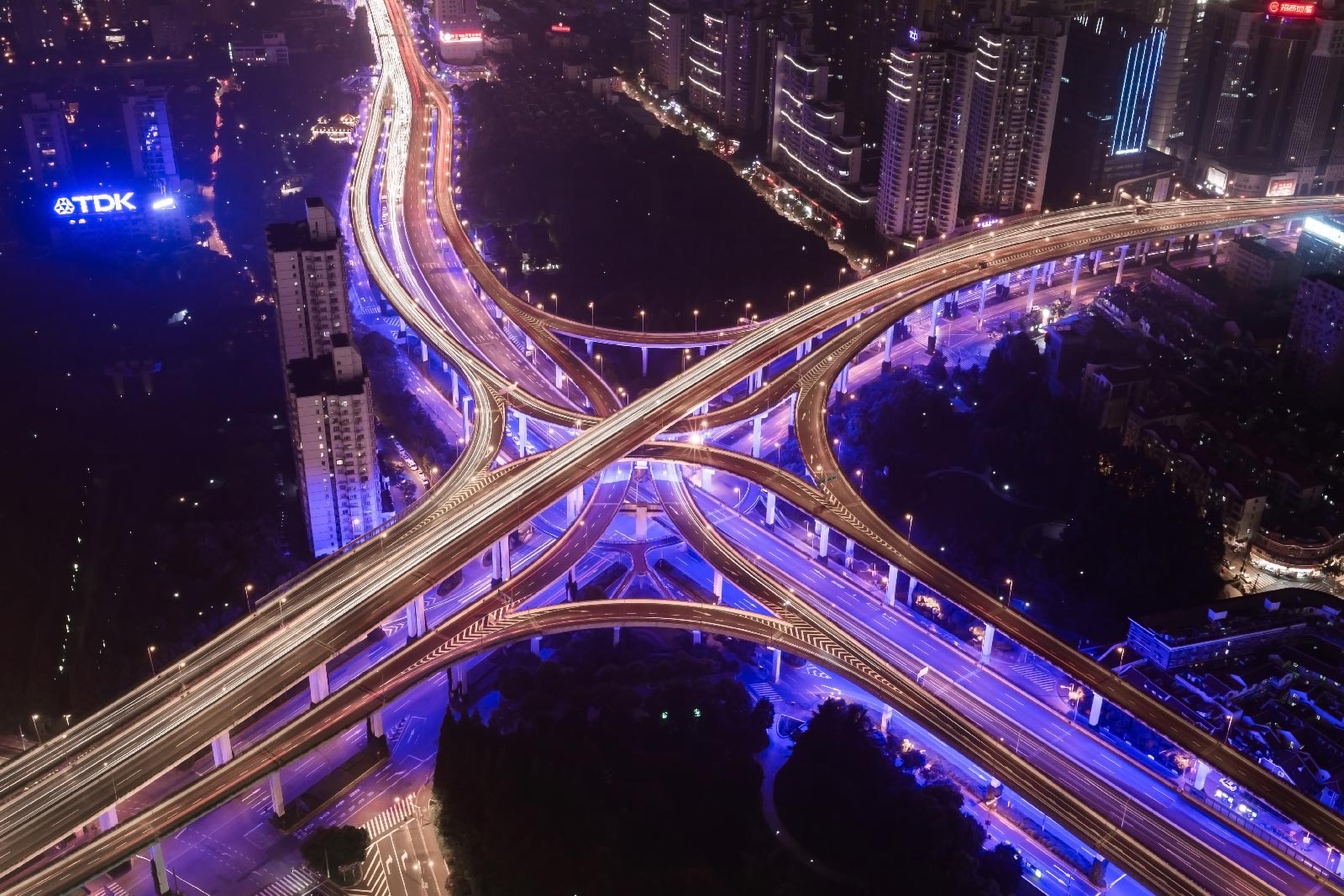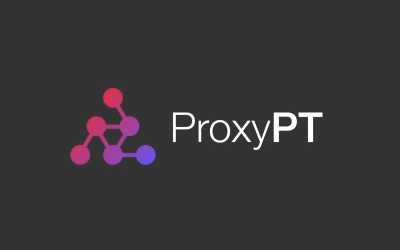SOME POSSIBLE APPLICATIONS OF THE BLOCKCHAIN TO THE ENERGY SECTOR BLOCKCHAIN
The blockchain is a disruption technology that is revolutionizing the every economy sector, in this article we will see the relationship between blockchain and energy.
In the previous articles, we have technically explained in details the blockchain and some of its applications. In the series of four articles, written by Christian Nyumbayire, the founding concepts of this technology (the game theory, peer-to-peer networks), the Nakamoto Consensus, some socio-economic effects and the main problems of the Nakamoto Consensus.
Started as a way to respond to the financial crisis of 2008, experts tried to create a world currency independent from banks or governments. Later, they began to experiment with new applications that lead to the emergence of new business models in traditional industries.
A very interesting area for Interlogica is energy, therefore, in this article we will explore the applications that can lead to a revolution in the energy sector.
HOW CAN BLOCKCHAIN REVOLUTIONIZE THE ENERGY SECTOR?
The energy sector, such as finance, is still controlled by large institutions or companies.
The present system of production and distribution, has very high costs in terms of energy dissipation and maintenance and in case of possible network overload, which can lead to a service furniture interruption.
If the future of the two-way electric system consists of billions of endpoints that work together – smart grid, micro grid, solar systems, smart appliances and energy management software – you can create a secure system capable of verifying all transactions and agreements. These operations take place automatically and instantaneously through nodes verified and connected with the Blockchain system.
But let’s see in more detail how the blockchain can lead a technological revolution in the energy system.
A NEW VERSION OF THE ELECTRICITY NETWORK
The traditional utilities are undergoing changes related to the digitization of each sector of the global economy. In fact, they may use tools connected to a blockchain to monitor several factors, such as production, collection or distribution. The integration of distributed networks with different energetic facilities or systems (like production and storage facilities, household photovoltaic systems and electric car charging systems) can lead to the birth of a giant intelligent network.
This can be put into practice only through the modernization of electrical networks, using Big Data and blockchain technologies, making them smart and dividing them into micro networks.
SMART GRIDS: WHAT THEY ARE AND WHAT THEY DO
Smart grids means using smart technologies to manage the power grid, integrating users or related products, and to create an efficient distribution system.
The electric network, therefore, will shorten the distance between producers and consumers, because it is able to determine in advance the energy requirement and convey the electrical flow where it is mostly needed.
A smart grid is a network of many small networks (microgrids) that communicate with each other and exchange information, can efficiently manage the flow of energy, reducing the risk of power cuts.
MICRO GRIDS: WHAT THEY ARE AND WHAT THEY DO
Micro grids are an electrical network of small dimensions which can operate independently or in combination with the main electricity grid in the area.
Any small-scale station with its energy resources, generation and loads, qualifies as a micro network. The micro networks can be used as back-up or support of the main electric grid during times of high demand. Often, involving multiple sources of energy so as to also incorporate renewable energy. Other objects are the reduction of costs and improving reliability.
BLOCKCHAIN AND ENERGY: APPLICATIONS AND BENEFITS
The use of autonomous microgrids (the smartgrids) is increasingly important in today’s blockchain and energy market.
This business system resumes the blockchain model. You have to think of digitized nodes, connected to each other, which is leading to the birth of a new production and distribution model. In this system, the blockchain ensures that the system continues to work through the Bitcoin, used as an incentive for agreement between the nodes (see the Nakamoto Consensus).
In this way, the blockchain ensures that the system is paid and continues to operate. In addition, the system becomes more reliable, because all the digitized nodes work together to maintain the entire network operation.
This new intelligent system, of which blockchain ensures the functioning, transparency and reliability, leads to an autonomous communication between the different electric poles connected in the network. This allows the network to respond automatically and independently to any node malfunction, simply communicating with the closest nodes, redirecting the flow and avoiding a service outage.
In addition, the instruments connected to the poles and, consequently, also to the network, lead to a cost reduction for the entire energy production and distribution process, since it avoids energy dispersion and overloads. It also makes the maintenance more effective, as the information comes directly from the source of the problem.
P2P ENERGY MARKETS
The birth of the energy markets peer-to-peer means that the exchange of energy occurs between individuals, without the intermediation of plant operators.
The emergence of p2p energy markets is therefore closely related to the growth of the production of energy by consumers themselves. In fact, the energy is more and more controlled locally by solar panels on the house roofs. As a result, you can create peer-to-peer networks to put the energy produced but not used by the citizens on the market.
The Blockchain can collaborate in the management of the excess energy, as it ensures the agreement between the parties.
The manufacturer sends to the microgrid the excess of energy produced by the panels, which is afterwards sold to neighbors through smart contracts.
In practice, creating an energy market means to create a P2P network in which all the inhabitants of a neighborhood, with or without a solar system, can buy and sell the energy produced.
In this network, the blockchain records the amount of energy produced or used by every member of the community.
Implementing blockchain for power sharing, however, requires the assistance of experts, as they know the technology. However, they must be willing to work together with the community to create specific governance systems, placing the community’s values at the center of all processes.
BENEFITS
This new energy market can lead to improvement of energy sales. In fact, the blockchain automatically recognizes the owner of an energy source and manages, without human intervention, several agreements for energy exchange between consumers. They can, afterwards, buy or sell electricity independently, without being subject to the market prices set by large society.
CONCLUSIONS
In this article we saw how the blockchain can be used to create a new business model, in the energy sector, based on transparency and accountability.
If on one hand the blockchain ensures that the electrical networks are connected to each other on a single “chain”, thus reducing both the costs and the risks of suspension of services; on the other, it leads to a new type of market in which consumers become producers and sellers, eliminating the intermediation of large companies.
Currently there are a couple of experts and enthusiasts who are planning authentication systems applicable to the sector; but, apart from some first demonstrations, the applicability of the blockchain to the energy sector is largely theoretical. In the coming years, it is very likely that we will witness enormous technological and economic innovations in this specific sector. And we at Interlogica will continue to investigate and share them… stay tuned!
To be always updated on our publications and projects, subscribe to our newsletter!



